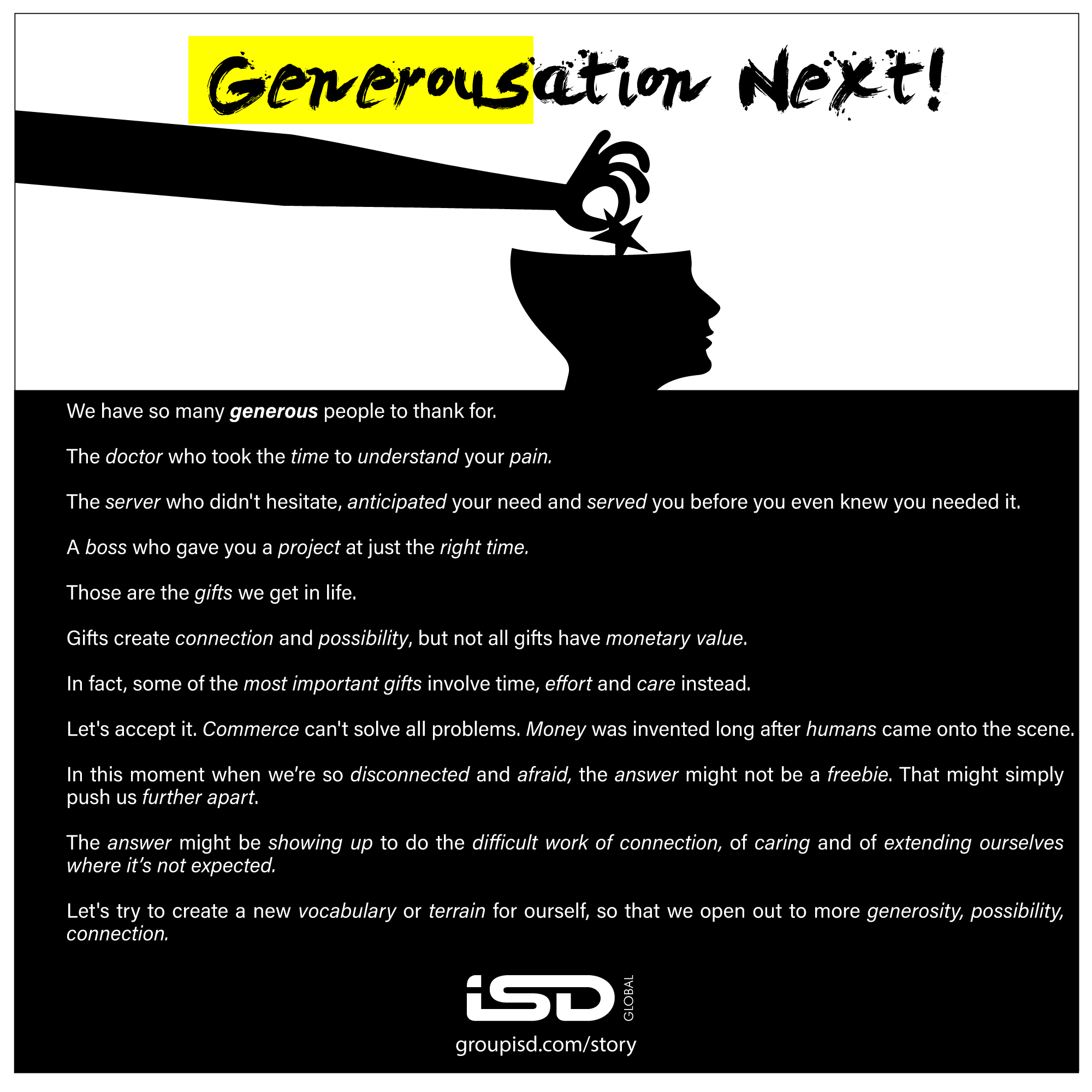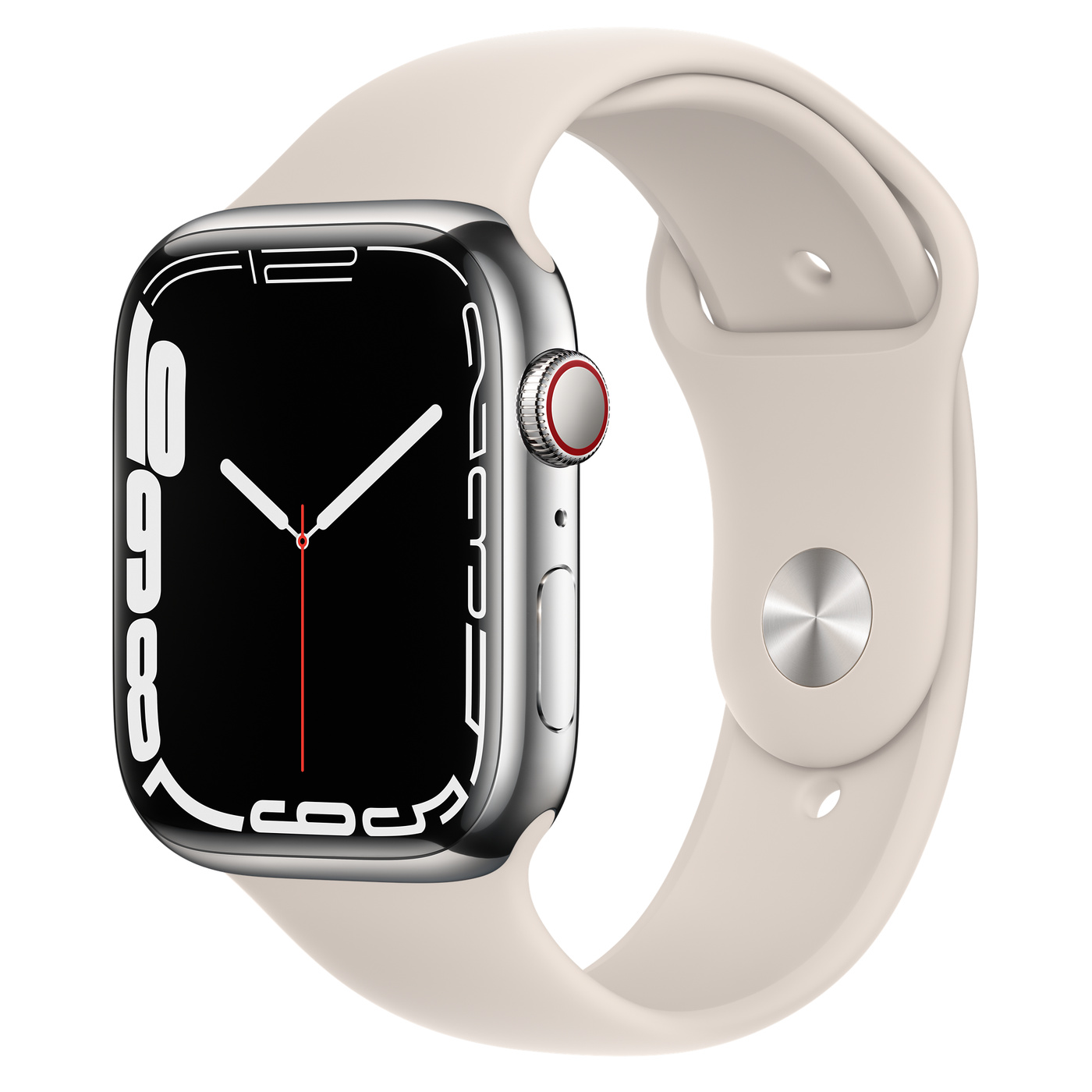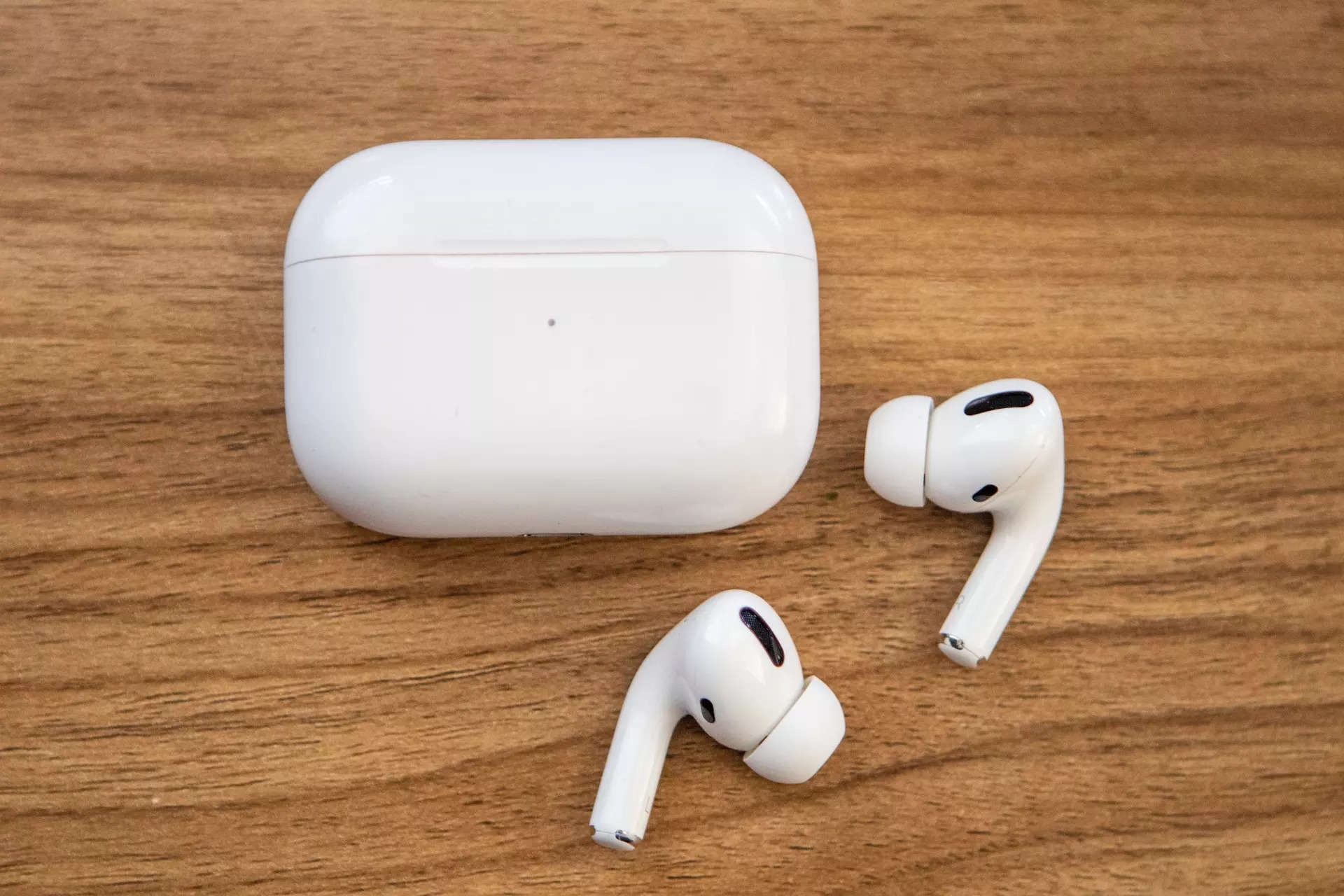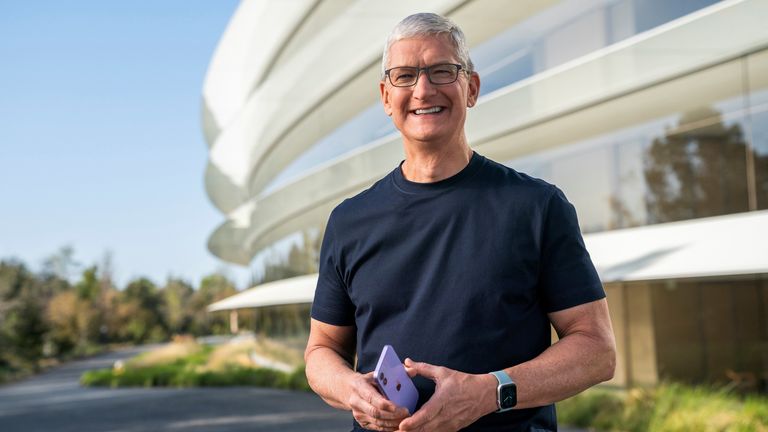The future happens slowly..and then all of a sudden. In his fabulous 1926 novel The Sun Also Rises, Ernest Hemingway famously wrote that bankruptcy happens in two ways: “gradually and then suddenly”.
Some years back Andy Grove( ex-CEO, Intel) had introduced the concept of strategic inflection points in his seminal book Only the Paranoid Survive where he explained that a strategic inflection point is ” a time in the life of a business when it’s fundamentals are about to change “.
A change in the business environment that dramatically shifts some elements of your activities, throwing certain taken-for-granted assumptions into question is an inflection point. Someone, somewhere, sees the implications, but all too often they are not heard. That someone might be you!
Whether you are a powerful CEO or someone far lower down in the pecking order, not seeing the unfolding inflection points(or blind spots ) are dangerous.
What is the case we are making here? Too many managers develop strategy while focusing on problems in the present and that is especially true in the times of a crisis(like the Covid 19 pandemic that we are presently pulverised by). Lets call it ‘ missing the wood for the trees ‘. What I am trying to argue here is that leaders instead should imagine the future and work backward so that they build their organisations and brands for the new(emerging) reality.
Even during a crisis, developing a ” future-back ” mindset can spur innovation and growth.
So, in order to build strategy, start with the future.
Let’s take a look at a few examples of brands and organisations that have used the ” future-back ” approach to stunning effect.
Back in the late 90’s and the turn of the millennium, Intel was ruling the roost. With a market share well over 70%, the brand was well and truly in the driver’s seat(apart from being inside millions of computers) with the Pentium Processor going from strength to strength. At the height of that market dominance, Andy Grove took a visionary punt and launched a brand to compete against its very own Pentium– that was the Celeron range of Processors. What he did was to see the future being dominated by cheaper, faster processors( Moore’s Law ) and he did not want Intel to lose out on the potential opportunity that lay ahead of them. That saying Andy Grove was visionary would be an understatement and how prescient the observation in his book ” When spring comes, snow melts first at the periphery, because that is where it is most exposed “, bears testimony. Intel Inside. Meets Intelligence and Insight!
Take another example of the ” future-back ” approach that Reed Hastings, Founder/CEO of Netflix adopted to reach where it is today. At the height of their DVD rental business success, they ventured into streaming(encouraging both cannibalization and migration of their existing subscriber base) anticipating that the medium to long term future of in home entertainment will hinge on that. Not just that, look at their understanding of the competitive landscape- it went well beyond the typical television broadcast networks and cable TV of the day. They distilled the big picture into getting their prospect’s time and attention. Broadened the eco system significantly. Rather made it a category by itself. So, in effect, the competition included time their viewer/s spent going to movie houses, eating out, entertaining friends and family, travel and holidays etc etc. By wearing a different lens and examining a hitherto unseen/untried approach, helped them immensely in becoming the brand they are today.
No conversation about a ” future-back ” model and a vision preceding strategy would be complete without talking about Steve Jobs and Apple. Back in the day, the way they disrupted music consumption and music distribution through iTunes and iPod is now part of folklore. They did not wait for either the market or the customer to tell them what is needed. They took moonshots( it’s in the culture), created highly desirable products that the customer never knew they wanted or would need and generated unprecedented gravitas, and the rest they say is history. Apple as a brand and Steve Jobs as a leader was always seeing around corners, anticipating trends and operated at the intersection of a new future and non articulated consumer need and desire.
Let me add here. ‘ Customer knows best ‘ is a whole load of balderdash. If organisations were to depend on customers to know what is needed, there would not have been any Post It Notes(3M), Fax Machines(Xerox) and many of today’s incredibly successful brands like Amazon, Tesla, Netflix, Airbnb, Uber, Zomato etc. The onus and responsibility of drawing the future and working backward from there is fully on you, your brand, your organisation. So, don’t run away from it. Take it head on.
While we debate the vision vis a vis strategy and the “ future-back ” model to a ” present-forward ” one, do be aware that a vision is like an ‘ impressionist painting ‘ and NOT a ‘ photograph ‘. A photograph captures what there is already, there is NO speculation, hedging, punting and imagining the non existent. A vision on the other hand is similar to an impressionist painting in the sense that it is visualising what could/should be, what will/can be or what may/may not be. It is taking a shot at the future and setting the road to travel back from there.
To be blunt, getting through this tricky process of envisioning the future begins with confusion, experimentation and a touch of chaos followed by a single minded determination to make progress against an overarching goal. And an approach that futurist Paul Saffo recommends as creating as many forecasts as possible, fail as quickly as possible and vitally ” to hold strong opinions weakly “.
Another valuable perspective on this chaotic period of thinking is offered by Nassim Nicholas Taleb in his book Antifragile: Things That Gain From Disorder. Anything that has more upside than downside from random events(or certain shocks) is anti fragile.
Rita McGrath, Columbia Business School professor and business consultant recommends a ‘ discovery driven approach ‘ to anticipating the future and you can dive deeper into her thinking and recommendations in BrandKnew on these links https://www.brandknewmag.com/thinking-innovation-driving-growth/ and https://www.brandknewmag.com/discovery-driven-digital-transformation/ .
It was the 4th of February, 2014. Satya Nadella was announced as the new CEO of Microsoft, the third chief executive in the company’s history, following Bill Gates and Steve Ballmer. Recognising that most of Microsoft’s woes at the time were a function of an approach that was ” present forward “, the first thing he did was to tell everyone in the organisation ” We are going to be moving away from a know it all organisation to a learn it all one “. Looking back on how well Microsoft is doing now compared to 2014, bears testimony to the potential for organisations in adopting a ” future-back ” model.
Brands that didn’t heed the ” future-back ” model and met their fate inspite of being market leaders once upon a time include the likes of Blockbuster, Kodak, Nokia, Toys ‘R’ Us.
There are other industries very ripe for the picking to drive home further the point of vision preceding strategy. The pharmaceutical sector for instance. Based on empirical evidence, learnings from past epidemics like SARS, Ebola, Swine Flu, emerging lifestyle patterns and the accompanying chronic diseases that it helps manifest(diabetes for one), a pharma company can seize opportunities and address customer pain points that will occur in the future. An example that is worth looking at is the pharma giant Roche. Which saw huge potential in the ” future-back ” approach. That helped revive it’s struggling diabetes unit. The company ingeniously paired the mySugr app (which it had acquired in 2017) with Roche’s Accu-Chek Guide glucose meter, thereby allowing diabetics to have a different, gamified experience to managing their condition. By logging in their blood glucose levels, completing tasks and challenges, users can “tame their diabetes monster”. It’s a totally different approach(at least for the pharma sector) which forecasts that “the way forward will mean selling a total experience, not just a product.”
Rather than look at Fall of 2020 or Spring of 2021, Universities/Colleges will be best served to go further down the road and see how do we cope, prepare and anticipate learning and training needs in the near distant future and move backward from there. With the current Covid-19 crisis having caught a lot of educational institutions severely under prepared and like a deer in the headlights with no wherewithal (and mindset) for virtual/online delivery, the time is now, to graduate, to look into the future.
So, ‘ where do you go from here ‘? Or, rather, I should be asking ‘ where are you coming back from ‘ ?
PS: For leaders and organisations wanting to undertake ‘A back to the future voyage ‘, the video on this link https://www.groupisd.com/phewturecast/ can be a starting point.
ENDS





